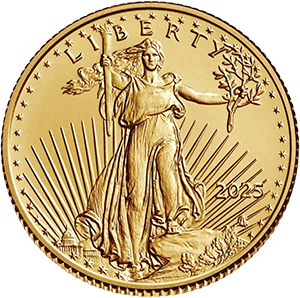
There are few moments in numismatic history that shimmer quite like this. Beneath layers of dust, plaster, and decades of silence, the walls of a modest French home yielded a revelation: over a thousand gold coins, secreted away by a quiet titan of the numismatic world, the late Paul Narce. Discovered during the dismantling of his residence, this hidden trove—untouched for decades—has now thundered into the public eye, fetching nearly $3.8 million at auction and rewriting the legacy of one man’s private passion.
But as with all gold, its weight is not merely in ounces, but in meaning.
The Scholar Behind the Coins
Paul Narce was not merely a collector—he was a cartographer of history, drawing intricate maps across time with sovereigns, staters, ducats, and denarii. His work was not widely known to the public, but within elite numismatic circles, Narce was revered. His passion was neither for profit nor prestige but for preservation. Every coin in his possession carried with it a historical fingerprint, a story of kings and empires, rebellions and trade routes, artistry and ambition.
To find that he had hidden more than 1,000 gold coins in the very bones of his home is, in itself, a poetic metaphor. Like a monk hiding manuscripts from marauding invaders, Narce preserved civilization in miniature—each coin a golden syllable in the language of legacy.
Gold Beyond Bullion: A Collector’s Trove
Let us be clear: this was not a haphazard cache of bullion. It was a curated collection of historic breadth, encompassing centuries of European and colonial minting. Spanish escudos, French louis d’ors, British sovereigns—coins that had traversed oceans, toppled regimes, and crossed hands in moments both mundane and monumental.
To hold such a coin is to hold a moment of time.
And this moment—this discovery—became a sensation at auction. The original estimate placed the hoard’s value between $200,000 and $300,000. Yet, as the gavel fell time and again, the total swelled to nearly $3.8 million—a testament not just to the metal’s market value, but to the romance, rarity, and reverence attached to Narce’s hidden opus.
The Architecture of Secrecy
Why did Narce choose to hide the coins? Was it fear of theft? A hedge against economic or political collapse? Or was it a scholar’s instinct—to protect what mattered most not from time, but from unworthy hands?
His decision evokes the ancient instinct of guardianship—of Pharaonic tombs sealed for eternity, of Roman treasures buried during times of siege, of European families burying their wealth during world wars. Gold, ever patient, waits.
What This Means for Us
For those of us who engage daily with precious metals—whether as collectors, historians, or investors—this story is more than a curiosity. It is a mirror. It reminds us that gold is not merely a commodity, but a chronicle. Its luster draws us not just because it is incorruptible, but because it is immutable—a shining continuity in a world of flux.
This tale also reaffirms a truth we know well at American Standard Gold: that the most valuable asset isn’t merely the gold itself, but the story it carries. Narce’s hidden hoard offers not just market value, but historical voltage—a jolt of wonder that traverses centuries and enters the present with the force of myth.
Final Reflection: The Vaults Within Us
As scholars, stewards, and seekers of value—monetary and moral—we might ask: how many more stories lie just behind the walls of forgotten homes? How many more Narces have labored in silence, crafting private museums of meaning?
The true power of gold is not its resistance to rust but its resistance to irrelevance. As the world evolves, currencies collapse, and empires fade, gold endures—quietly carrying history forward.
And so, Paul Narce’s golden legacy reminds us of a profound truth: sometimes, the richest stories are the ones buried just out of sight, waiting—patiently—for the light.

